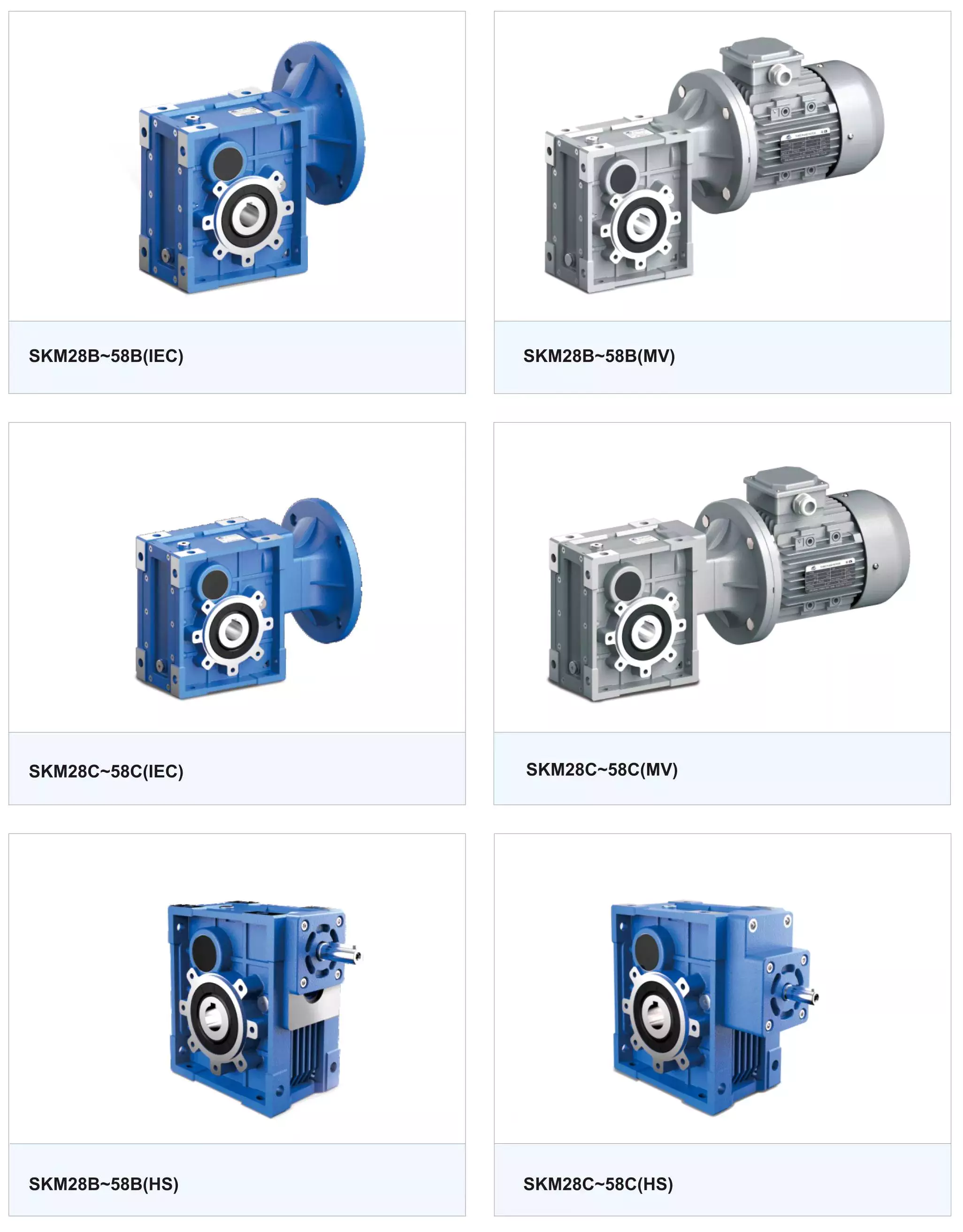Warranty: As Per Sample
Model Number: ZOOMER
Fit for: Motorcycle
Product name: Motorcycle Variator Set
Package: Plastic Bag+Carton
Quality: Genuine
Services: Best
MOQ: 500Sets
Delivery time: 21-30days
OEM: OK
Sample: Availble
Certification: ISO
Packaging Details: Neutral Box Package
Port: HangZhou
Motorcycle Clutch Variator Drive Face Pulley Assy for ZOOMER
| Product Name | Motorcycle Variator Set | ||||
| Brand Name | Good | ||||
| Fit for | ZOOMER | ||||
| MOQ | 500Sets | ||||
| Quality | High Quality | ||||
What Is a Speed Variator?
The speed variator is an electronic device that controls motor speed by varying the voltage applied to it. It consists of all the elements of a conventional variator (see Figure 1), as well as a protective circuit CP. This circuit protects the motor from overloads. The protection circuit requires a voltage -ve that represents the motor’s current during negative half-cycles.
Mechanical continuous gear variator
A mechanical continuous gear variator (CVT) has many uses in cars and other vehicles. Its speed can be varied by altering the ratio of the primary and secondary pulleys. It is also used in conveyors, metal-cutting machines, and snowmobiles. Its main components include:
The mechanical continuous gear variator 100 comprises a driving shaft 1 and a gear 2. The driving shaft is coupled to a rotatably mounted transfer element 7. The variator includes an intermediate shaft 9, an output shaft 12, and a rotatably mounted frame 13.
The variator has two cone pulleys that are arranged in parallel. A V-belt runs between the two pulleys. The cones can be moved away or toward each other. When they approach each other, the belt runs around the center of each pulley. This makes it possible to vary the gear ratio within a wide range.
Variators have a wide variety of uses. They can be used in cars to make shifting more convenient. Variators can have up to six or eight gears, and they can also be used in manual sequential mode. Although they offer many advantages, they have a few disadvantages as well. One of the main disadvantages is their relatively small engine power. Consequently, most powerful cars are equipped with a mechanical gearbox.
Another disadvantage is the number of multiplier groups. There are two types of multiplier groups: first and second. In the case of a continuous gear variator, a multiplier group is present on the input shaft. Another multiplier group is connected to the output shaft through a transfer element. In this way, a mechanical continuous gear variator has three parts. In addition to the multiplier groups, the transmission can be controlled using different mechanisms.
Unlike its hydraulic counterpart, a mechanical continuous gear variator can change the output speed and torque. This variable speed transmission method can help maintain engine efficiency and minimize fuel consumption.
Intensity limiter
An intensity limiter for a Speed Variator is a device which protects a motor from overloads. This device employs a large portion of the variator’s elements to operate at very low currents and powers. As a result, it costs very little in addition to the variator.
Hydrostatic transmission principle
Hydrostatic transmissions work on a simple principle: the prime mover pumps fluid to a hydraulic motor connected to a load. The motor’s speed is regulated by a variable displacement pump. The speed of the motor changes with the flow of the fluid, which causes the torque to vary. At high speeds, the power and torque remain constant, while lower speeds reduce power and torque.
The Hydrostatic Speed Variator utilizes the hydrostatic transmission principle and comprises two pump systems, one for a fixed displacement hydraulic motor and one for a variable displacement pump. The two pumps are self-contained within a single case, making them easy to maintain and service. In addition to a variable displacement pump, a Speed Variator’s secondary pump can be equipped with a dry friction and sealed enclosures.
Hydrostatic transmissions are designed to match the engine and load to optimize efficiency. While the hydrostatic transmission principle is similar to that of internal combustion engines, it is more efficient and can be customized for specific operating conditions. The important challenge in designing a hydrostatic transmission is balancing efficiency and performance. High efficiency machines tend to be slow in response while high-performance machines respond quickly.
A hydrostatic transmission can be a great alternative to conventional gear-based transmissions because it can allow for more precise vehicle movement. It can also be cheaper to install on machinery that already uses hydraulic power transmission. However, it is important to remember that a hydrostatic transmission requires the use of cooling systems to maintain high torque for extended periods of time.
The hydrostatic transmission principle of a Speed Variator uses a hydraulic circuit to control the output shaft. The hydraulic circuit controls the output speed and can be regulated. This allows for smooth operation, and reduces the shock load on the system. The hydrostatic transmission principle of Speed Variator works the same way as a hydraulic clutch.

editor by czh